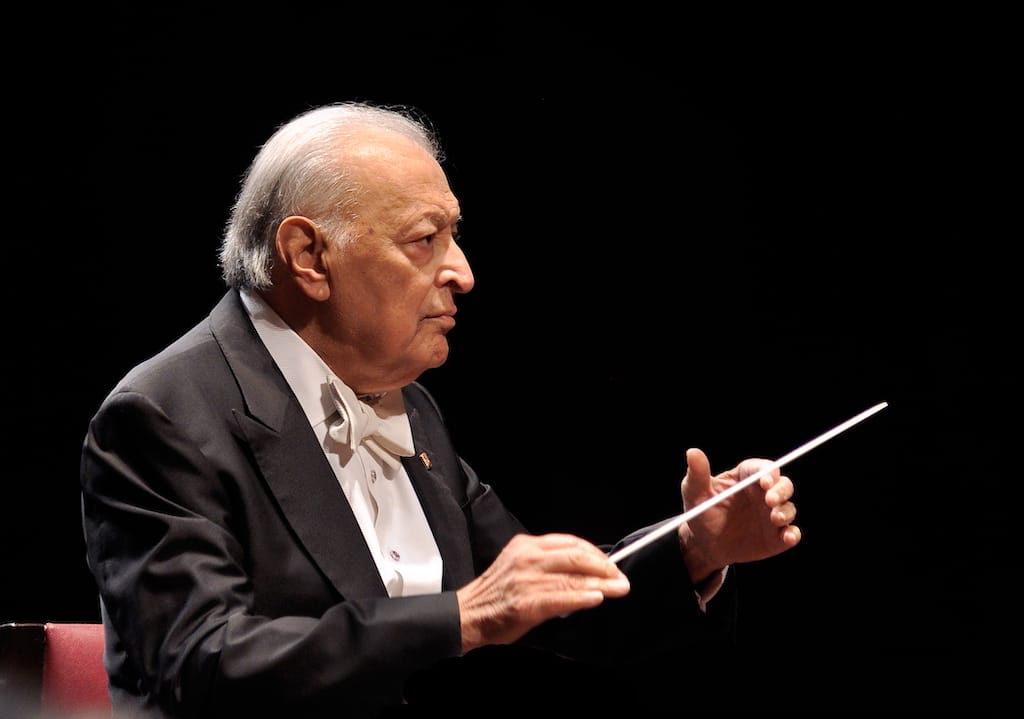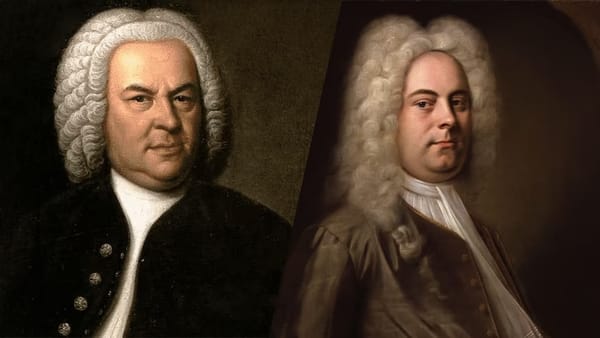Zubin Mehta Returns: A Viennese Waltz Celebration with Johann Strauss II

As the SOI prepares to present four concerts under the baton of Maestro Zubin Mehta, Dr. Cavas Bilimoria shares some insights on the enduring works of one of the composers from the programme, Johann Strauss II, and why the music of Vienna is a special treat when conducted by the maestro.
Who can compare with Johann Strauss II? Is there such a supreme dictator today of popular music? Someone who is both a musician and a composer, with a common touch and yet with the depth to appeal to the highbrow and the smartness to appeal to the sophisticated—one who makes music that is perennially joyful, romantic, prey to a hundred clichés but nevertheless lasting and unique, plumbing no depths yet far from hollow? Perhaps no one has or will have again the power to dictate musical taste so completely even with the help of modern state-of-the-art methods of communication.
This then, is the spirit of Strauss’s music, particularly of his waltzes evoked in Vienna. The waltz grew in the great suburbs of Vienna, in the parks and inns of the city, played by small bands of three or four players— probably a violin, an accordion, a clarinet and a guitar. And this music of the people invaded the great halls of the nobility until, to the world, the waltz began to represent a rich and glamorous life but never forgetting that in Vienna, it was the music of the ordinary folk who could listen to it any time they cared to go to the nearest bandstand.
In August this year, a veritable treat of Strauss’s enchanting music, with Maestro Zubin Mehta conducting the Symphony Orchestra of India, awaits the Mumbai audience. The programme consists of pieces of varied character and moods. Take for instance the overture to his operetta Die Fledermaus. During the eight or so minutes that it lasts, it is packed with tunes all of which end up appearing during the course of the action that follows. Brilliant, witty, exuberant and exuding a genuine bonhomie and joie de vivre, it has no equal among opera overtures. On 22nd May 1899, when Strauss was already 74 years old, a special performance of the operetta was given, it being a high holiday in Austria. Strauss himself conducted the overture with all the enthusiasm of a 20-year-old. He decided to walk home from the opera through the balmy spring air filled with the fragrance of Vienna’s linden trees. He caught a chill which progressed to pneumonia. On the morning of 3rd June, he took the hand of his wife Adele and kissed it twice. That afternoon he died.
Then again, take the delightful ‘Tritsch-Tratsch-Polka’, a fast piece whose title translates to ‘tittle-tattle’ or ‘gossip’. Strauss used to play it to change the pace between waltzes. Or his 1899 Emperor Waltz, or Kaiser Walzer, which is a toast to the friendship between the Habsburgs of Austria and the Hohenzollerns of Germany.
Impossible to forget are the two beautiful waltzes—the ‘Frühlingsstimmen’ (Voices of Spring) and the ‘Wiener Blut’ (Vienna Blood). The former is an orchestral waltz with an optional soprano solo part written in 1882. In the 1987 Vienna Philharmonic New Year’s Concert conducted by Maestro Herbert von Karajan, this waltz featured the voice of the brilliant soprano Kathleen Battle. Unlike many of his waltzes which begin in a hesitant way, this one plunges right into the fast tempo, a joy which reflects the reappearing sunshine and the flowers which suddenly spring up from the earth. He dedicated this waltz to the renowned Austrian pianist Alfred Grünfeld who, after having played it, elicited the following comment from Strauss with a modesty rare for a composer: “The waltz really isn’t as beautiful as you play it.” It quickly became one of Strauss’s most popular compositions surpassed only by The Blue Danube.
‘Vienna Blood’, on the other hand, is a later waltz (Op. 354) and betrays a slight tinge of melancholy typical of Vienna. To this writer’s mind, the title seems misleading. It would be better translated as ‘Vienna Heart’ or ‘Vienna Spirit’.
Today, it would be well-nigh impossible to find a conductor other than Maestro Mehta, who conducts the music of the Johann Strauss family as to the manner born. The grace, the lilt, the lovingly shaped phrases, the feeling of the correct mood for each piece and many other attributes are impossible to describe. This can be explained, but only in part, by the fact that he studied conducting in Vienna under the great Austrian Maestro Hans Swarowsky. More notably, Maestro Mehta is blessed with an innate sense of musical architecture and a genuine feel for the music he conducts—attributes which his education in Vienna nurtured. What also must be mentioned is the melting rubato which arises from the very fabric of the music itself rather than something artificially manufactured and superimposed on it for meretricious effect. This makes Maestro Mehta the legitimate heir to the brilliant and inimitable Straussian, Clemens Krauss, who was the Director of the Vienna State Opera and who initiated the tradition of the Vienna Philharmonic New Year concerts by conducting the first such New Year concert in 1939 and for the last time, shortly before his death, in 1954. Thereafter, the legacy was kept alive by Willi Boskovsky who had been the concertmaster of the Vienna Philharmonic under Krauss for many years and conducted the New Year concerts from 1955 to 1979, after which the legendary Carlos Kleiber had, from time to time, conducted those concerts.
The New Year concert from Vienna is probably the most celebrated concert broadcast all over the globe. This is an example of the value of this area to a country both artistically and commercially.
We wish Maestro Mehta, a distinguished upholder of the Viennese music tradition, many more years of magical music-making which is a blessing for anyone who seeks the extraordinary in music.
This piece was originally published by the National Centre for the Performing Arts, Mumbai, in the May 2024 issue of ON Stage – their monthly arts magazine.





